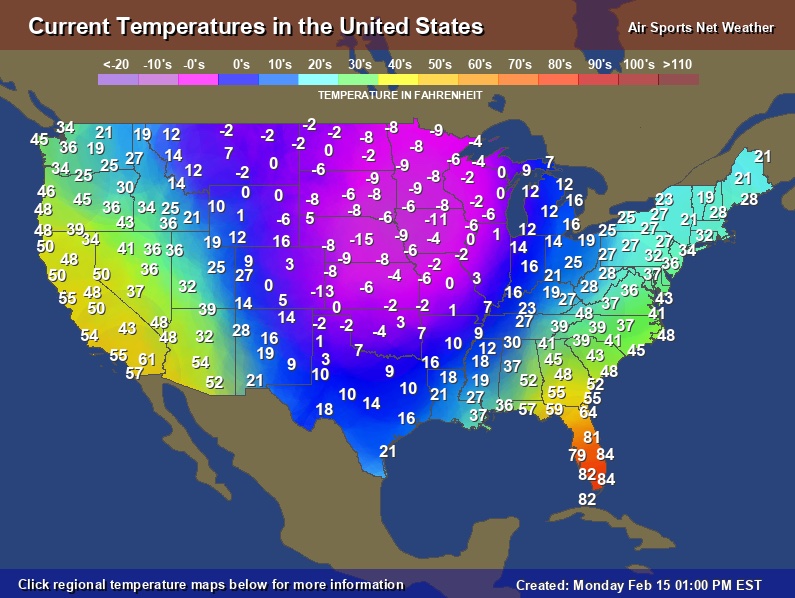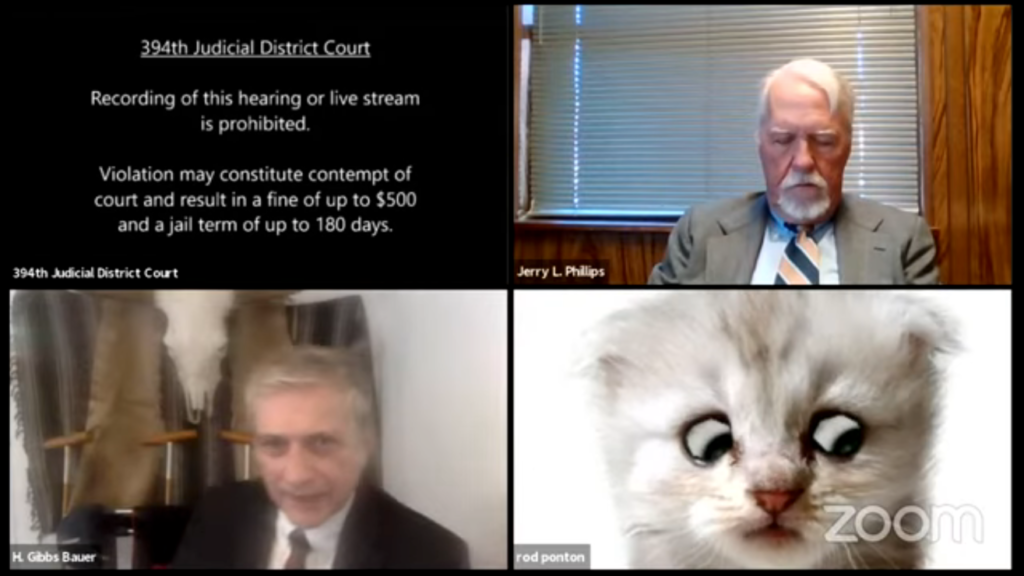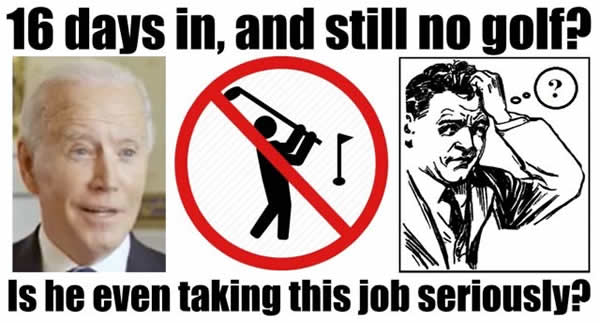 I never thought I’d want a golf cart until I saw this one — a custom one-of-a-kind “Flintstones”-themed cart rebuilt from the ground up. Someone in nearby Ruskin, Florida is selling it for $12,000 or best offer.
I never thought I’d want a golf cart until I saw this one — a custom one-of-a-kind “Flintstones”-themed cart rebuilt from the ground up. Someone in nearby Ruskin, Florida is selling it for $12,000 or best offer.
 Here’s what their ad in Facebook Marketplace has to say:
Here’s what their ad in Facebook Marketplace has to say:
Used — like new.
Custom built one of a kind flintstone golf cart.
Cart has been rebuilt from the ground up
Brand new tires
Batteries
Waterproof radio & speakers
All custom fiberglass work and professional grade automotive wrap
Rear cargo doubles as a cooler and has a drain built in
Designed to be easy to maintenance
Price is obo contact for more info. More pictures available on request.
I must admit it; I’m tempted.















